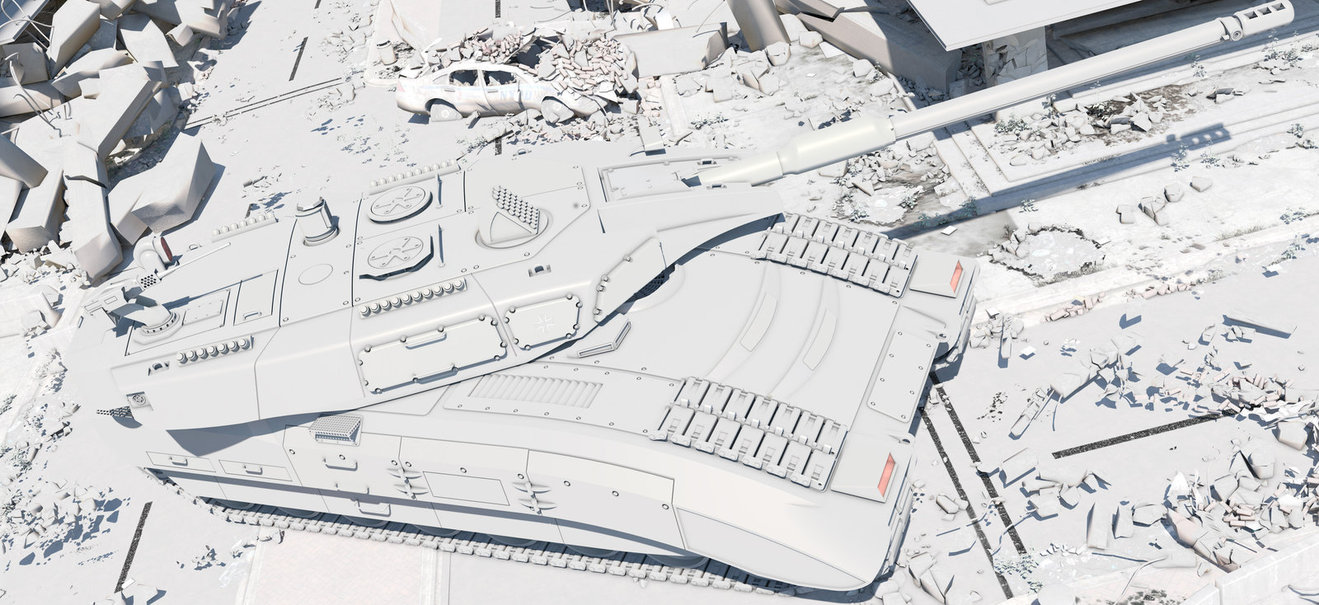

The Pershing was also deployed to Okinawa but arrived too late to see action.Experience World War II real-time strategy gameplay like never before! Men of War II, the new chapter in the evolution of the top-rated RTS franchise, brings you more units with different specializations to lead, pinpoint historical accuracy, and new levels of visual and audio excellence, all combined with the series’ original heart-pounding action. Only 200 were forward deployed, and none of those saw combat. Despite efforts to re-equip the tank divisions with Pershings, only 310 were available in Europe on V-E Day. In Niehl, also on March 6, a 3rd Armored Pershing was hit by a "Naschorn" (Rhinoceros) tank destroyer the round hit the 90mm ammunition, igniting it. Some of the crew were killed, but the tank returned to service.

On March 1, a 9th Armored Pershing in Remagen was hit by 150mm (5.9 inch) artillery fire. On February 26, a 3rd Armored Pershing, "Fireball," was hit three times by a Tiger I in Elsdorf, killing the loader and gunner the tank was repaired and returned to service. Only three Pershings were knocked out during World War II.

Bates claimed the crew was killed by machine gun fire as they exited the tank, other sources claim the wounded men were sheltered by Koln Politzei (Cologne Police) and surrendered a few days later.

The film is widely shown in documentaries, often without proper identification. The entire 48-second sequence, as well as 3rd Armored's advance into Cologne, was filmed by Signal Corps photographer Sergeant James Bates. The Panther crew exits the vehicle and the Pershing opens fire with machine guns. Early's gunner Clarence Smoyer hit the Panther on its flank armor. Early's tank approached and opened fire before even waiting to stop moving the Panther's turret traverse wasn't fast enough to engage the Pershing first. The other Sherman crew went to help Kellner and get medics. Kellner's leg was traumatically amputated by the Panther's shell, and he was able to crawl out on the Sherman's engine deck before he died. Kellner, Private First Class Julian Patrick and Technician 5th Grade Curtis Speer. As two M4 Shermans approached, the Panther opened fire, knocking out both tanks and killing Second Lieutenant Karl E. After engaging a civilian automobile and killing the woman inside (extreme left), the 32nd Armored Regiment, moving down the Marzellenstrasse, identified what looked like a knocked-out Panther Panzerkampfwagen Ausf A on the Domplatz with its main gun depressed and the engine off. On March 2, 1945, the 1st Army began to attack Cologne, and by March 6, 3rd Armored had secured most of Cologne except the city center. Early and his crew were combat veterans selected for the "Zebra" Mission. These tanks equipped the 3rd and 9th Armored Divisions of the 1st Army, who issued them one to each of ten companies. In the States, many supporters of the M4 Sherman refused to accept that it was deficient against German tanks because of political pressure, constricted supply lines, and the fast-moving battlefield preventing crew training, only twenty Pershings were made available through Antwerp in January 1945. Publicly ridiculed for the lack of a suitable American tank that could stand up to German armor, the United States Army's Ordinance Department initiated the "Zebra" Mission, which would analyze American tank performance in the European Theatre of Operations and field combat test the T26E3 Pershing, which was armed with a 90mm (3.54 inch) gun. The tank appears to have a bullet or shell hole in the left track guard. This view is a still from a combat camera film. T26A3 (later M26) Pershing of E Company, 32nd Armored Regiment, 3rd Armored Division, attached to 1st Army, 12th Army Group, commanded by Sergeant Robert Early, approaches Koln Domplatz (Cologne Cathedral Square) on Gladbacherstrasse (where Gladbacherstrasse becomes Christophstrasse, as it crosses Kaiser-Wilhelm-Ring).


 0 kommentar(er)
0 kommentar(er)
